The GT 730has been around for years, and truth be told that when someone asked about this card’s performance on any well known forums or groups, you’ll usually receive an answer that it is unworthy of your time and effort. For years, it has been the case, especially with the initial SKUs of the Gt 730 featuring the Fermi GPUs inside which, on most benchmarks and games just do not justify the cash spend on them – reflecting the good ol’ saying that no ultra budget GFX card is any good for gaming purposes.
Today ASUS has a proposal, in the form of yet another GT 730 – but this time around it has the “GK208” Kepler part inside which should be more efficient, and features a generally better performance compared to its “GF108” based siblings even with a smaller bus width at 64-bit. The one we got here is the passively cooled GT 730 dubbed as the “GT730-SL-2GD3-BRK” from ASUS which features a silent cooling solution in a low profile small form factor format. With a 2 GB frame buffer, this card is just begging to be tested. Will this sub 70 USD card beat the odds? Is it even worth it? Let us check it out on our review.
Table of Contents:
Specifications
The GT 730 we got here from ASUS boasts a passive cooling unit which is perfect for HTPCs. Frame buffer is 2GB, yet the VRAM uses a slower GDDR3 standard, as opposed to the GDDR5 which is found on some GT 730s with active cooling units. The 64-bit interface looks lacking, but it’s actually faster than the 128-bit Fermi GT 730.
Design
By far, the cutest card we have tested, the GT 730 is such a small unit – weighing in at around 200 grams, with a 5.4 inches length and 2.7 inch in width. It’s still a dual slot graphics card, mainly due to its passive cooler’s size.
The card conforms to the LPPCI or Low-Profile PCI card standards. Meaning, it supports cases that could only support half-height cards with an additional bracket that reduces the height – which is on this position, the width of the card. You’ll sacrifice the VGA adapter though, but that doesn’t mean anything to HTPCs of today.
Outputs are simple. You get one VGA, one DVI-D (2560 x 1600), and one HDMI port which is able to output a maximum of 2560 x 1600 resolution. No fancy stuffs here.
Test System
Graphics cards are no strangers in our labs, but providing a precise result usually needs a lot of time and effort on our end. Helping us to do those things is an updated copy of Windows 7 Ultimate x64 SP1 and wide selection of the popular games that most probably, will sate your appetite. The BIOS/UEFI, Chipset, and Video Card drivers of the test system will be updated too, as much as possible.
No other softwares should be running while the benchmarks are on going, unless it is needed, or stated. As for the gaming benchmarks alone, our test should include benchmarks with 1920 x 1080 resolution but with different presets. Games without benchmarking tools of their own will have the results recorded with FRAPS. Below are the test system’s specifications:
| CPU | Intel Core i5 4670K |
| MOTHERBOARD | ASUS Z97-PRO WiFi AC |
| CPU COOLER | Cooler Master Seidon 120XL |
| MEMORY | ADATA XPG V2 @2400MHz 16GB |
| GRAPHICS CARD | ASUS GT 730 2GB GDDR3 |
| INT. STORAGE | Kingston HyperX Fury SSD 240GB |
| PSU | Cooler Master Silent Pro Hybrid 1300W |
| DISPLAY | 27″ DELL U2715H WQHD IPS Panel |
| OS | Microsoft Windows 7 Ultimate x64 SP1 (Updated) |
| SOUND CARD | Realtek ALC1150 |
| EXT. STORAGE | 2TB Western Digital My Passport |
Synthetic
3DMARK (2013) is a multi-platform benchmarking tool from FUTUREMARK, consisting of comprehensive tests that aims to gauge your gaming hardware; be it a smartphone, a tablet, a laptop, or a desktop PC.
CINEBENCH R11.5 is a real-world cross-platform test suite that evaluates the computer’s performance capabilities. CINEBENCH is based on MAXON’s award-winning animation software CINEMA 4D, which is used extensively by studios and production houses worldwide for 3D content creation.
Kishonti’s CompuBench is an easy to use, no frills high performance suite of benchmarks. It compares the strengths and weaknesses of different hardware architectures such as CPUs, GPUs and APUs using a series of tests.
Gaming
Dragon Age: Inquisition an action role-playing video game developed by BioWare and published by Electronic Arts. It is the third major game in the Dragon Age franchise, and utilizes the Frosbite 3 Engine with the SpeedTree technology.
The Witcher 3: Wild Hunt is an action role-playing video game set in an open world environment, developed by Polish video game developer CD Projekt RED. It utilizes the REDengine 3.
Battlefield 4 is one of EA and DICE’s most recent first person shooters utilizing the all new Frostbite 3 game engine featuring better tessellation effects and destruction compared to its predecessor.
Dota 2 is a Multiplayer Online Battle Arena (MOBA) video game developed by Valve and is the stand-alone sequel to the Warcraft III based Defense of the Ancients (DotA) mod.
League of Legends is a multiplayer online battle arena similar to, and exactly as popular as Dota 2. It is developed and published by Riot Games for Microsoft Windows and Mac OS X.
Counter-Strike: Global Offensive is a popular online tactical first-person shooter developed by Hidden Path Entertainment and Valve Corporation, utilizing the Source Engine.
Grand Theft Auto V is an open world, action-adventure video game developed by Rockstar North and published by Rockstar Games. It was released for the PlayStation 4, Xbox One, and Microsoft Windows.
Temperature
FurMark is a very intensive OpenGL benchmark that uses fur rendering algorithms to measure the performance of the graphics card. To record the GPU’s maximum temperatures, I will run Furmark’s Fur Rendering Burn-in Test, and let it run for 30 Minutes. As always, we try to keep the results consistent by keeping the ambient temperature checked at 27ºC.
Power
We also check to see how the GPU impacts power consumption. The system is left to idle for 30 minutes before readings are taken, and load data is taken 30 minutes while FurMark is running. Power readings are taken for the entire system from the socket.
Conclusion
The ASUS GT 730 2GB GDDR3 is a card that unsurprisingly delivered my expectations. And with expectations, I mean good performance on MOBA games, and the hottest First Person Shooter at 720P & 1080P. Other than those genres or games, the card sucks big time except if you wanted to play the hottest games at their lowest settings and at 720P & below. Such games requires not only the graphics core’s horse power, but also the capability of the card to deliver enough frame buffer for these game’s textures at higher settings. So, the GDDR3 interface is one factor here. Had we gotten our hands on the GDDR5 model, things might be a little different.
Truly, the card isn’t made for intense gaming, and one might think that we should be thankful enough that we could even play MOBA games on it, even at 2560 x 1440 by a stretch at League of Legends. What this card is good at – despite the daunting results from our benchmarking tools, is its silent operation coupled up with a good passive cooling solution and its power efficiency which is perfect for HTPCs. With its half-height form factor, this card will fit easy enough inside almost any HTPC cases, and you might just have found that LoL capable graphics card you’ve been looking for ages, for your next HTPC build. Just don’t forget to feed it with a good airflow.
For its intents and purposes, the ASUS GT 730 2G with GDDR3 memory and passive cooling clicks in with a price to match at 2,640. Surely, you could buy a decent used graphics card for better gaming capabilities, but they can’t match this tiny GT 730 from ASUS if the HTPC situation calls for its use.
ASUS GT 730 2GB
Summary
For its intents and purposes, the ASUS GT 730 2G with GDDR3 memory and passive cooling clicks in with a price to match at 2,640. Surely, you could buy a decent used graphics card for better gaming capabilities, but they can’t match this tiny GT 730 from ASUS if the HTPC situation calls for its use.


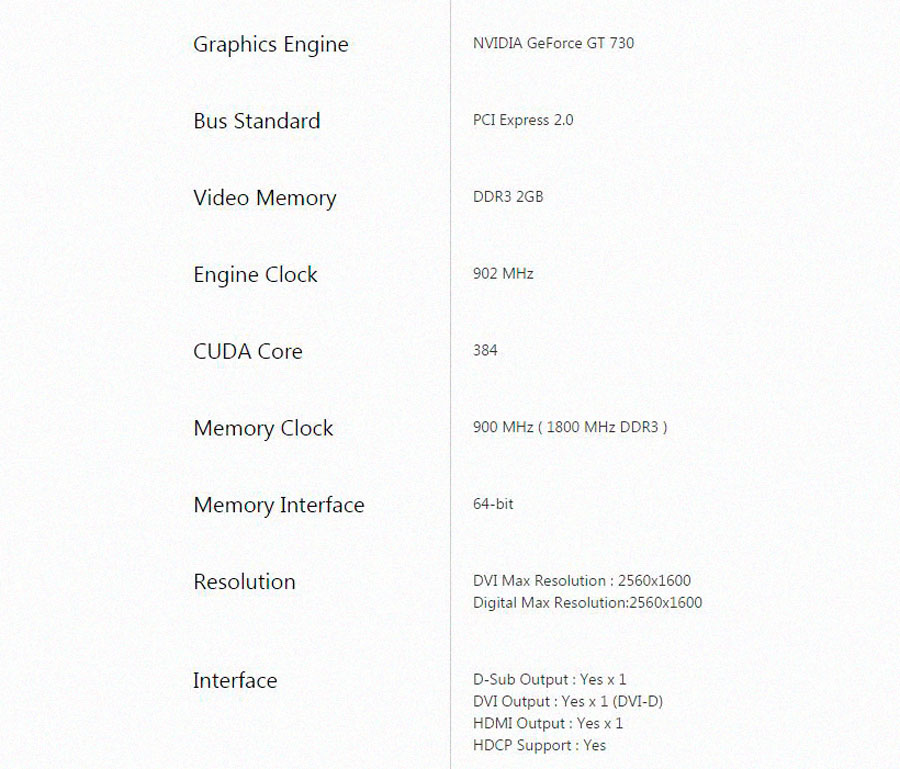
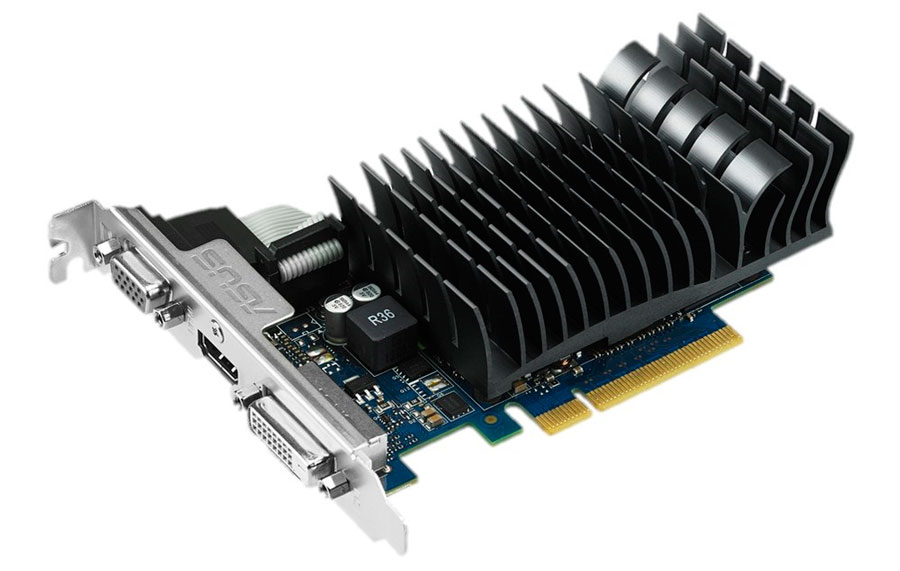
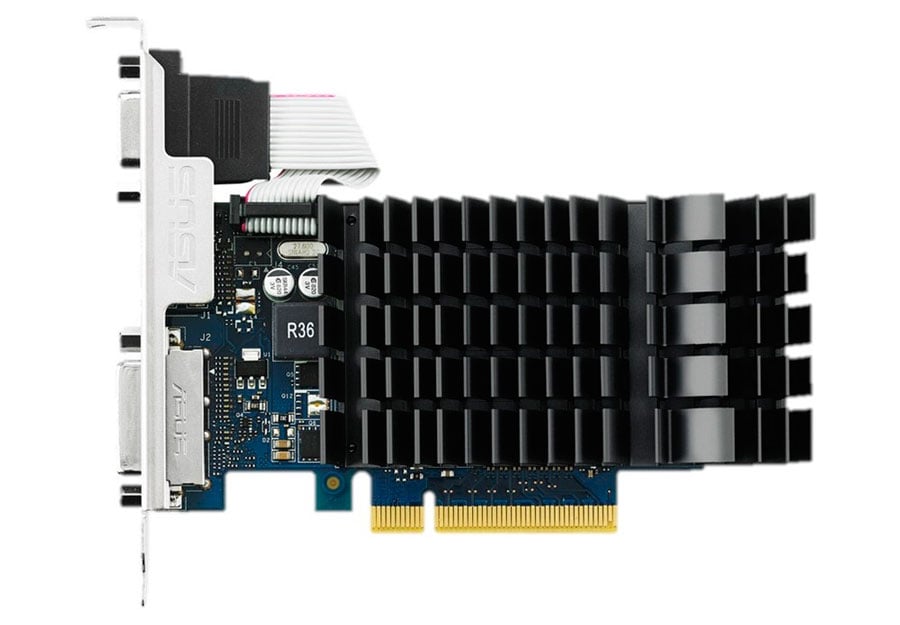
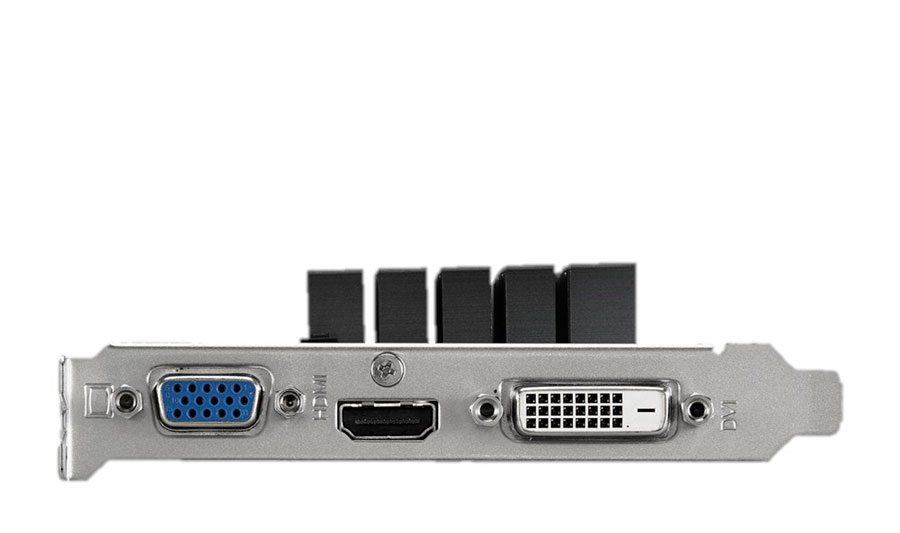
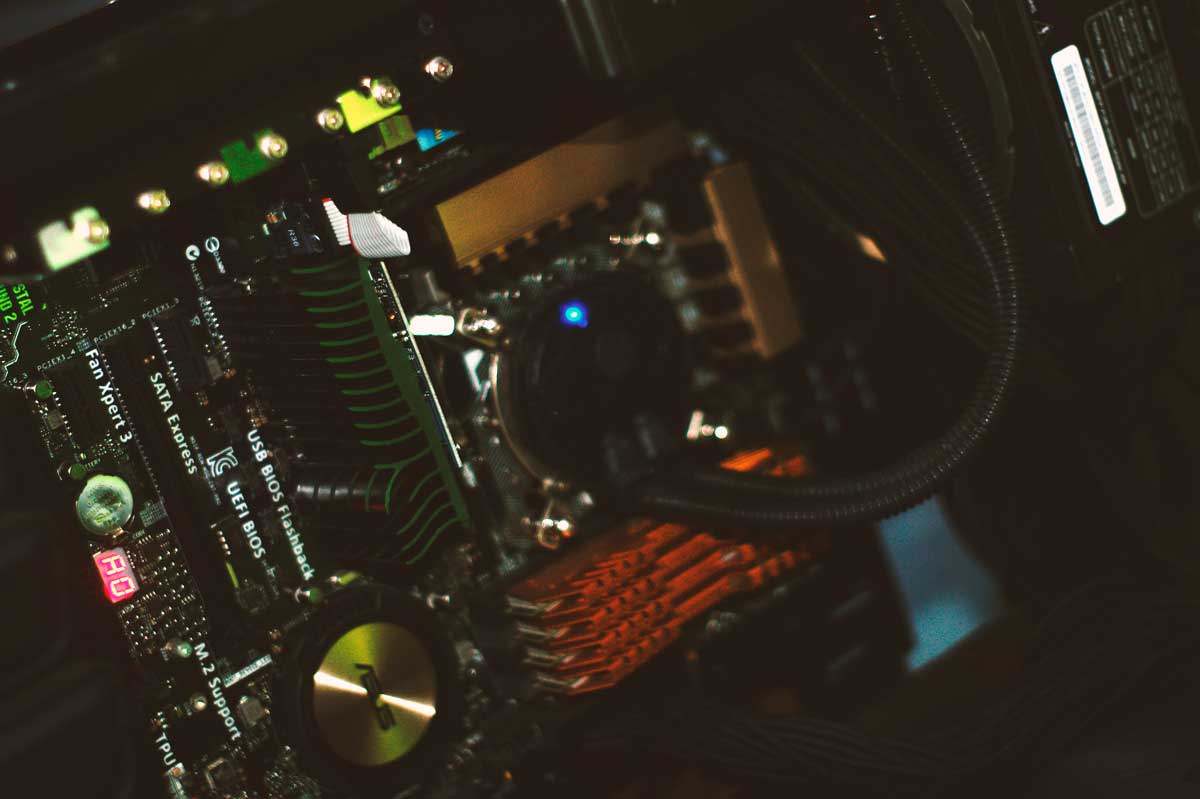
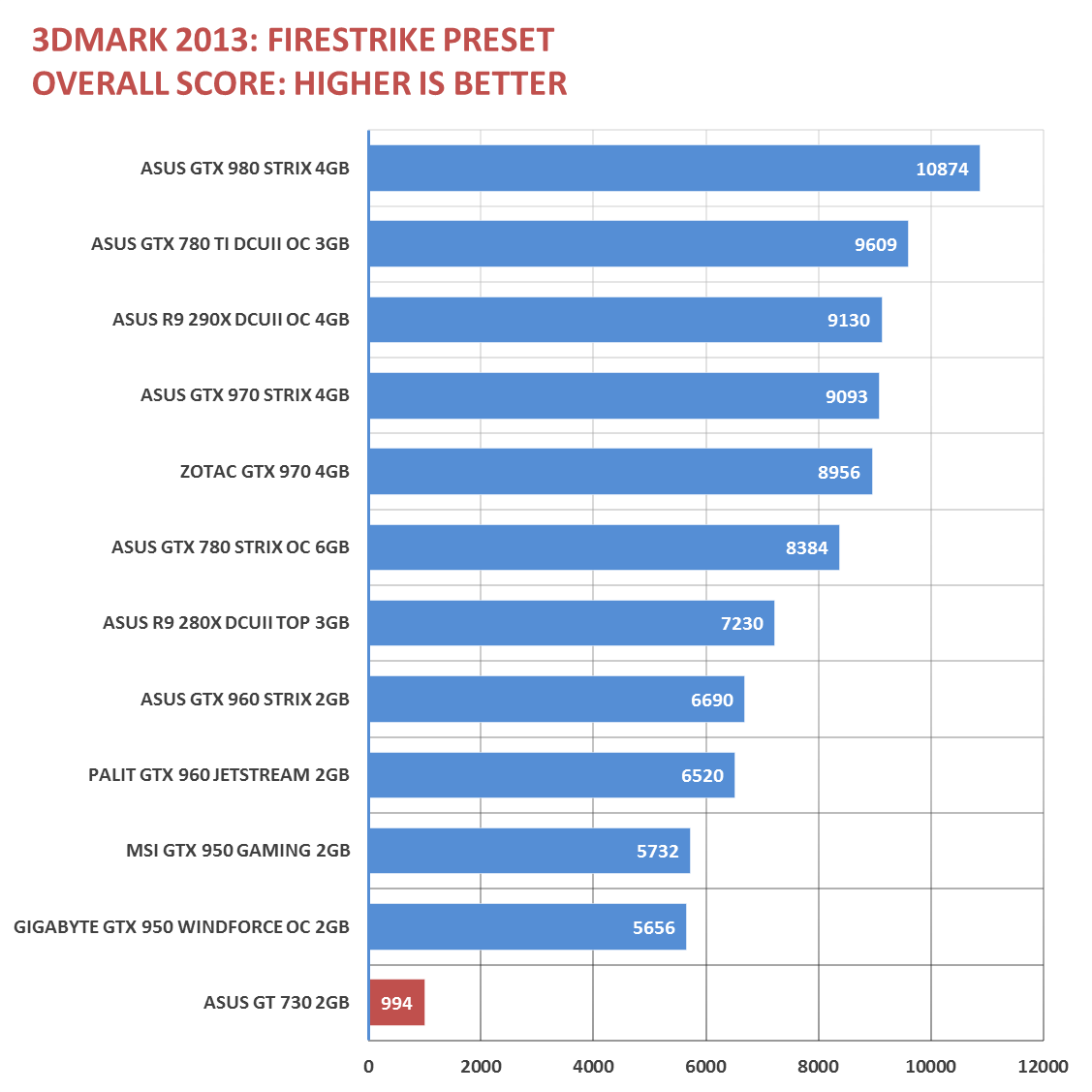
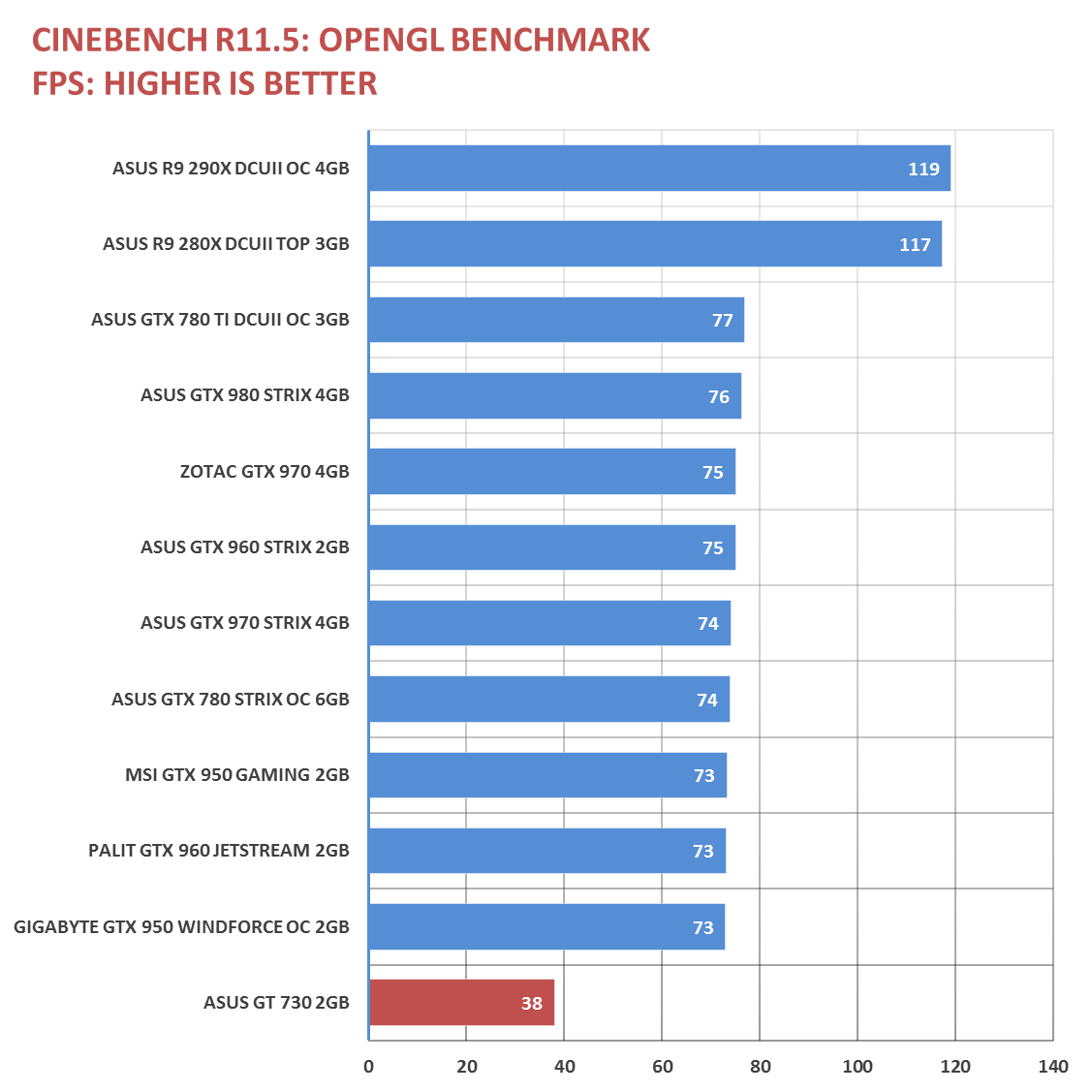
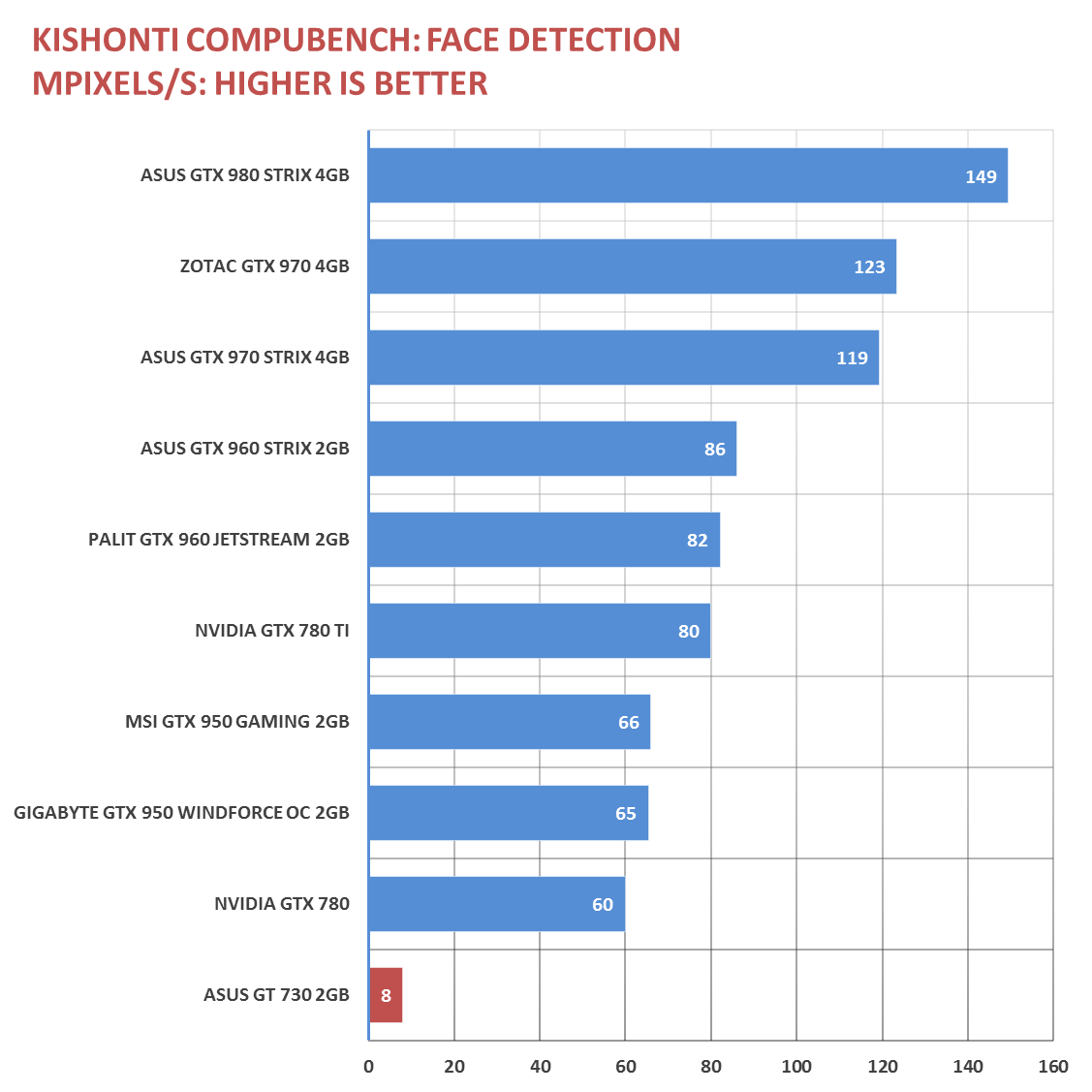
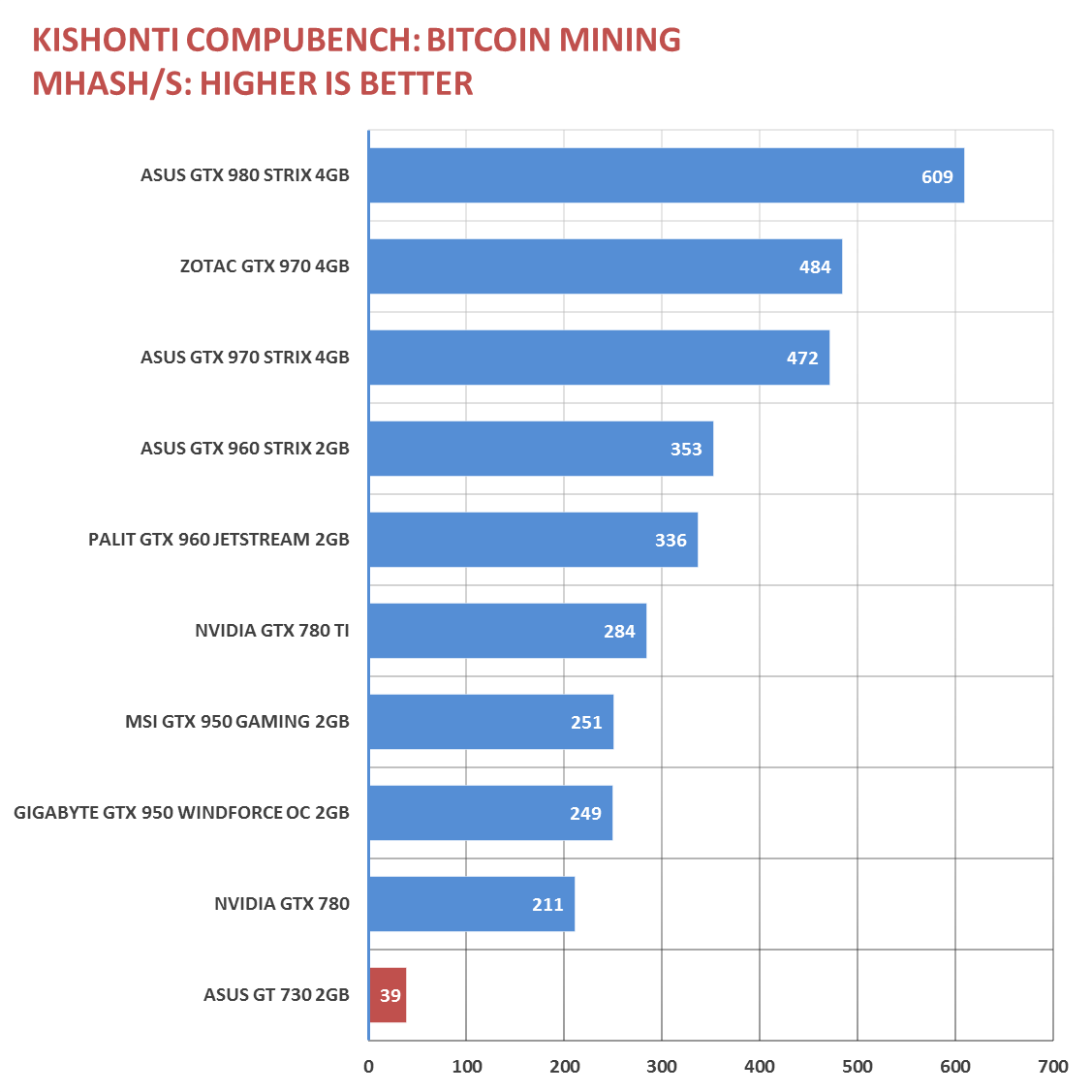
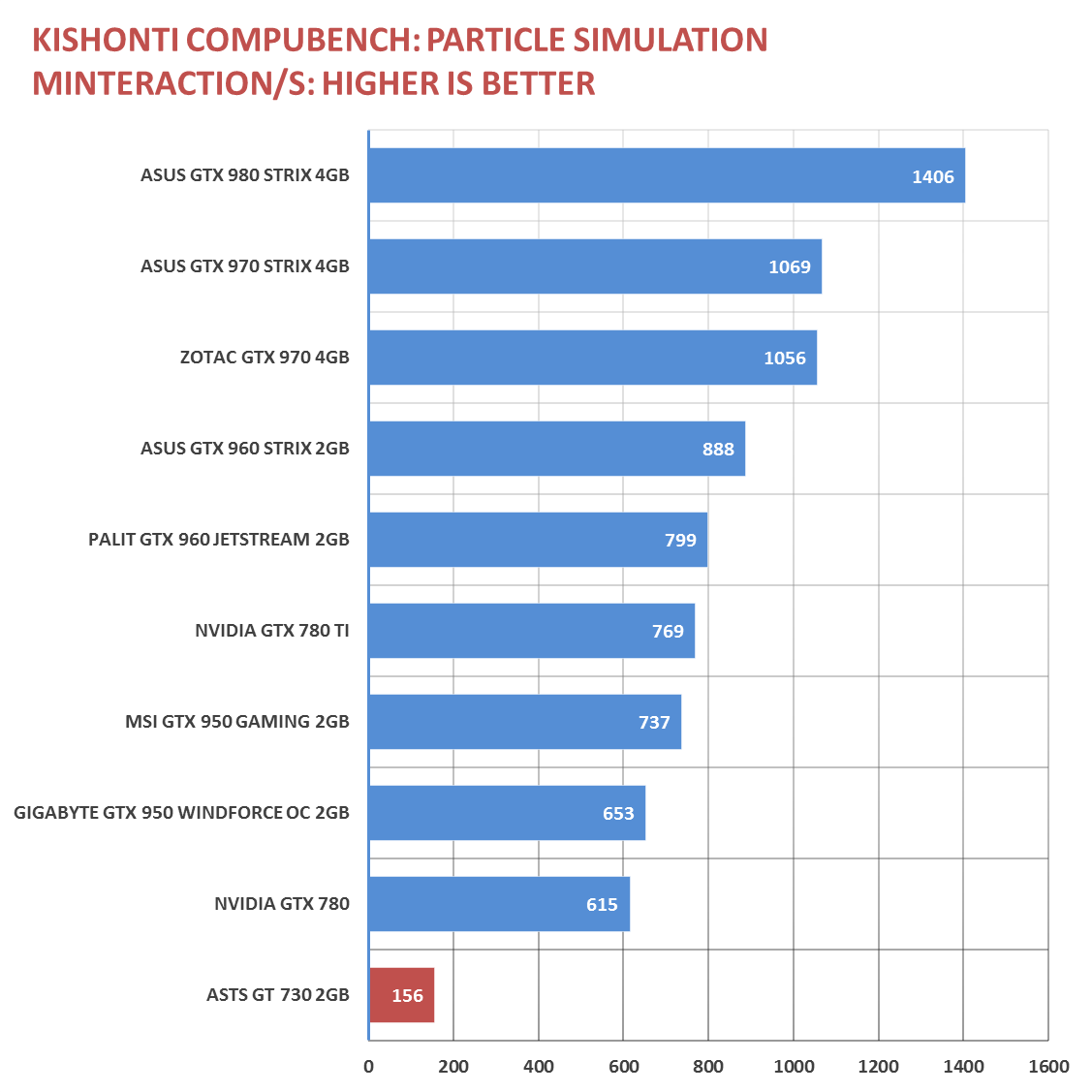
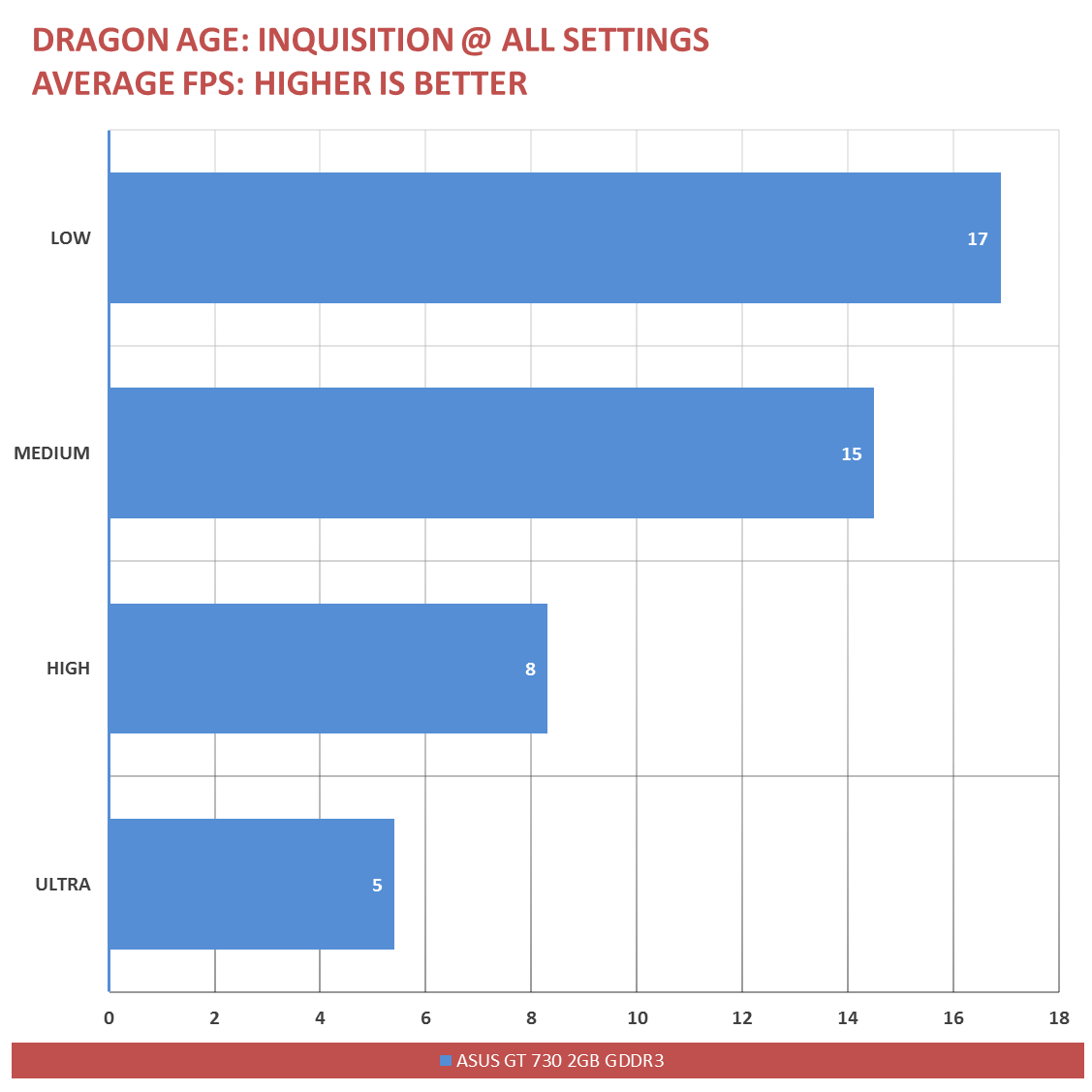
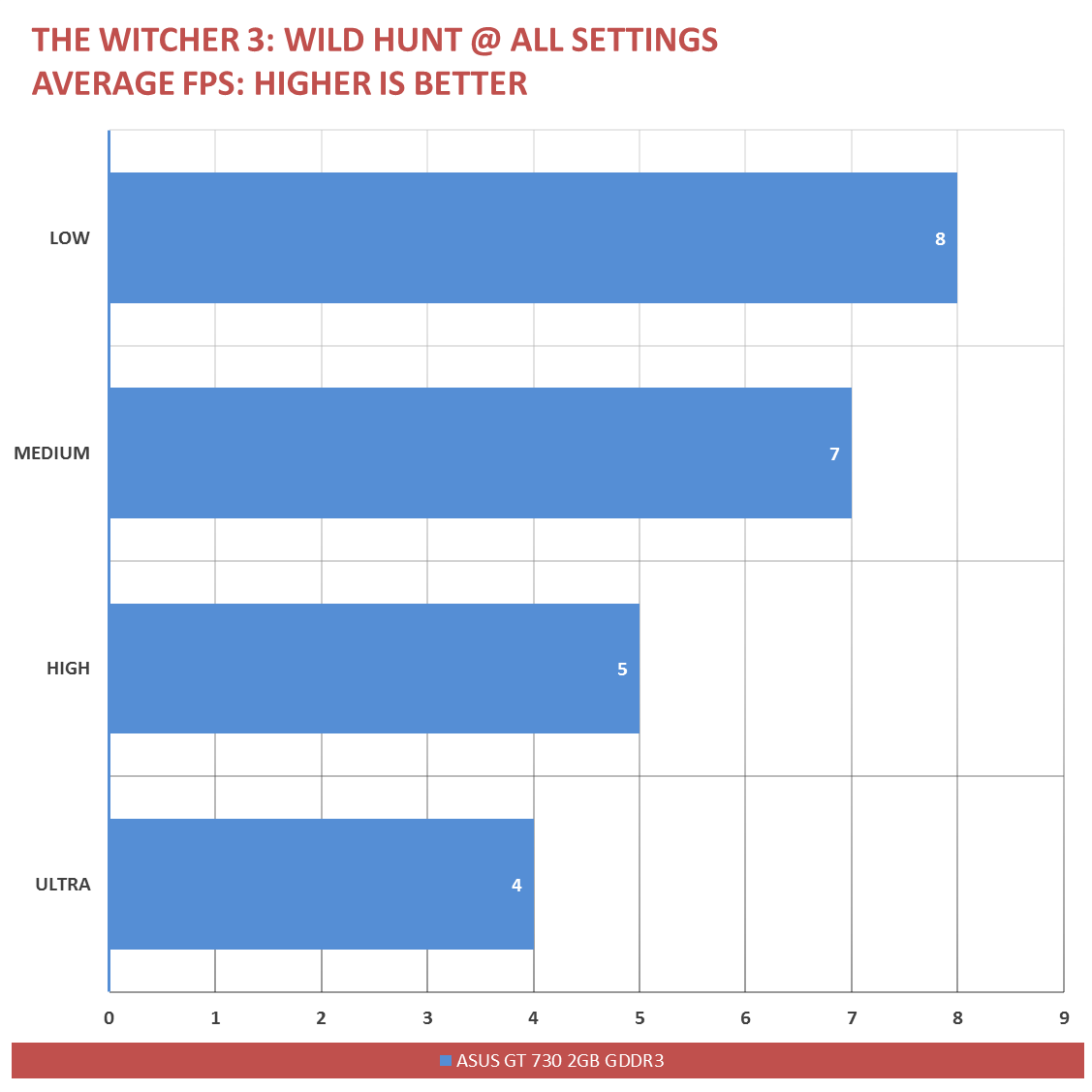
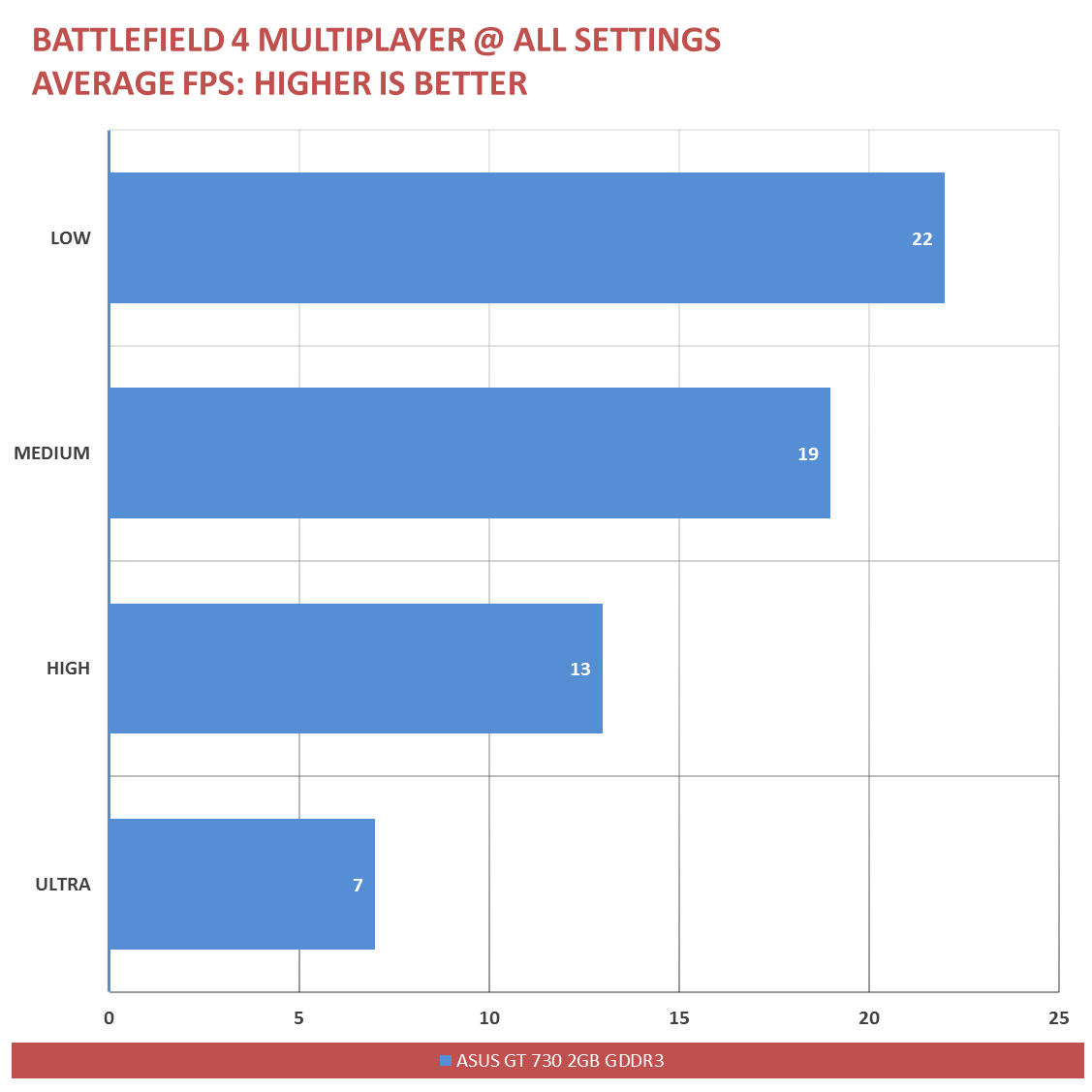
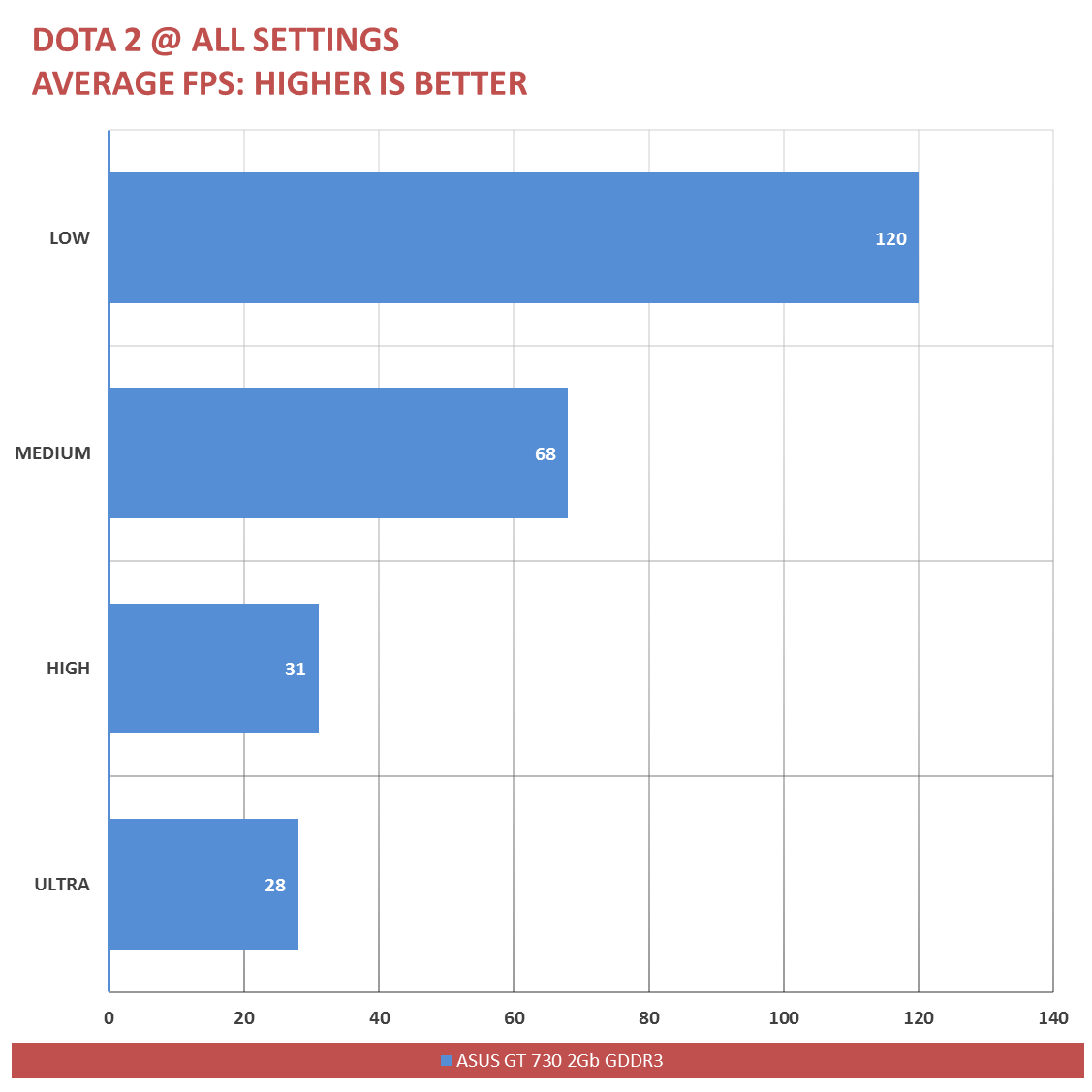
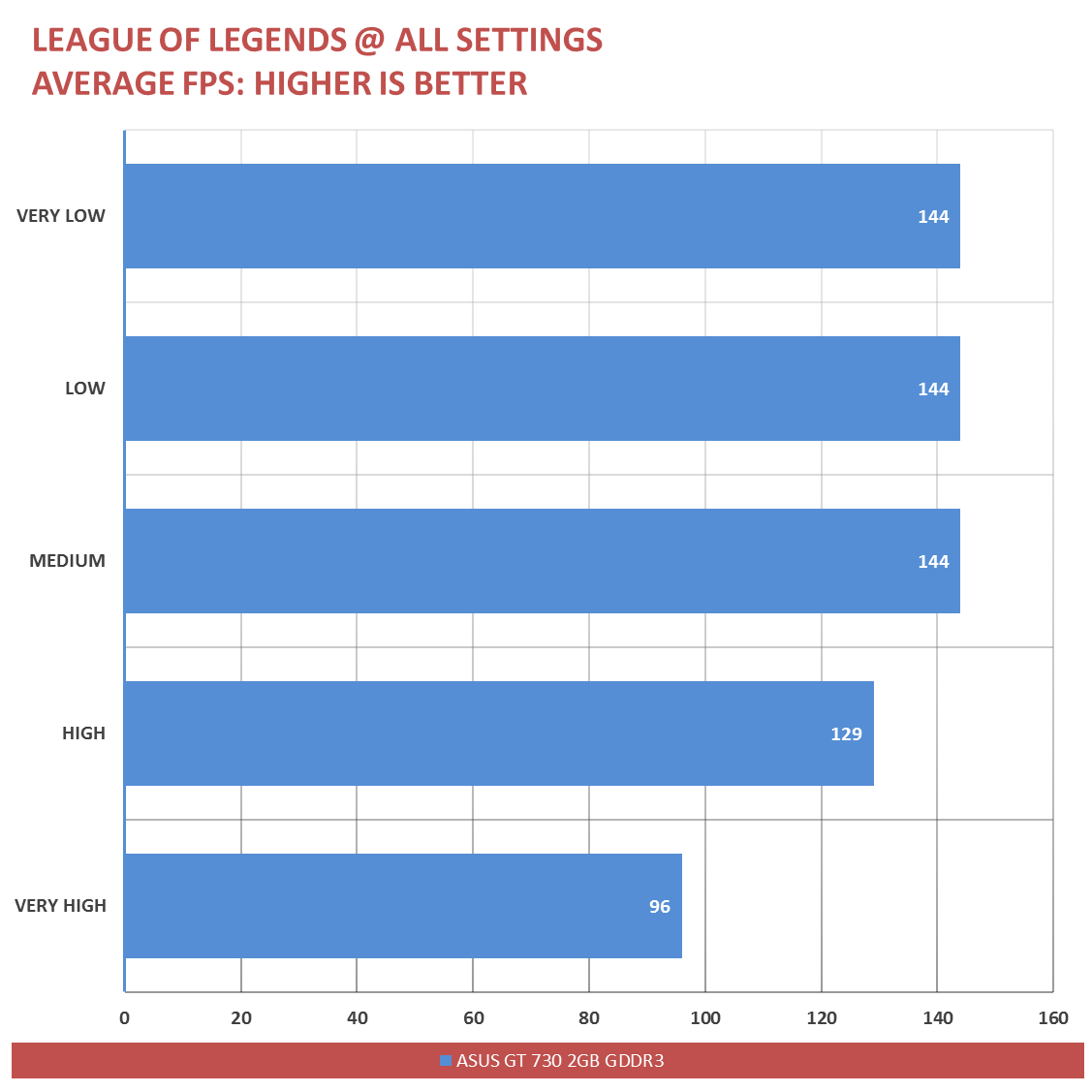
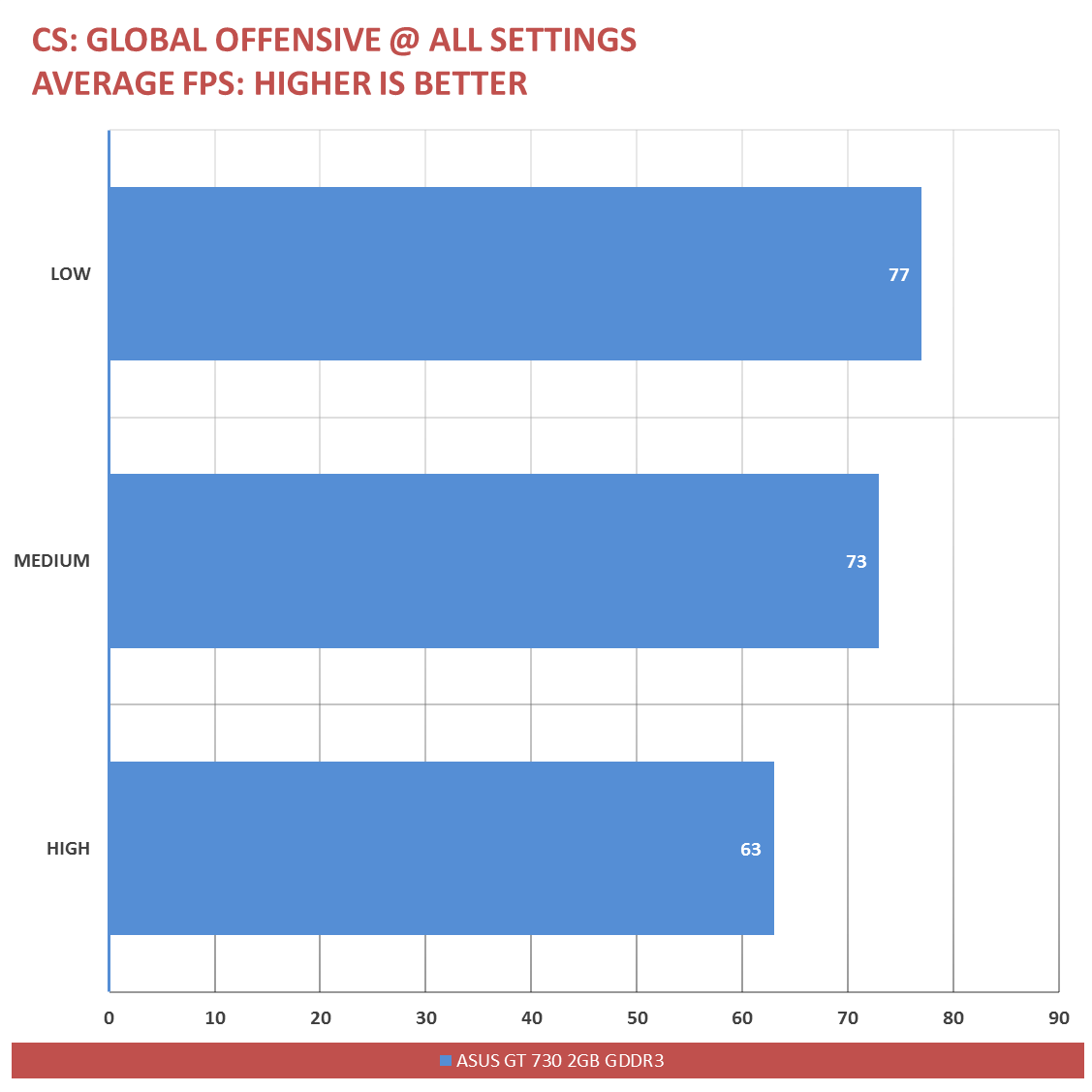
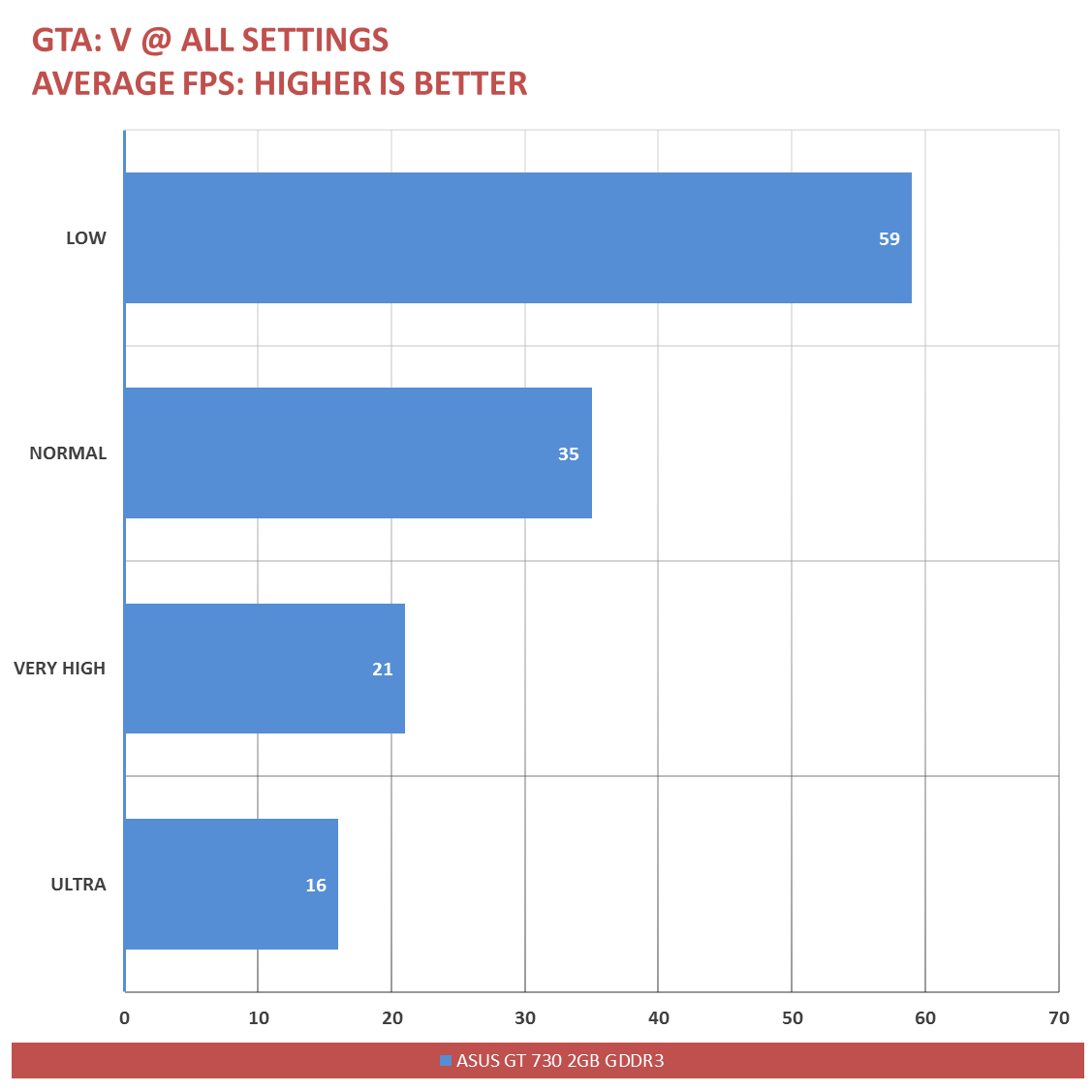
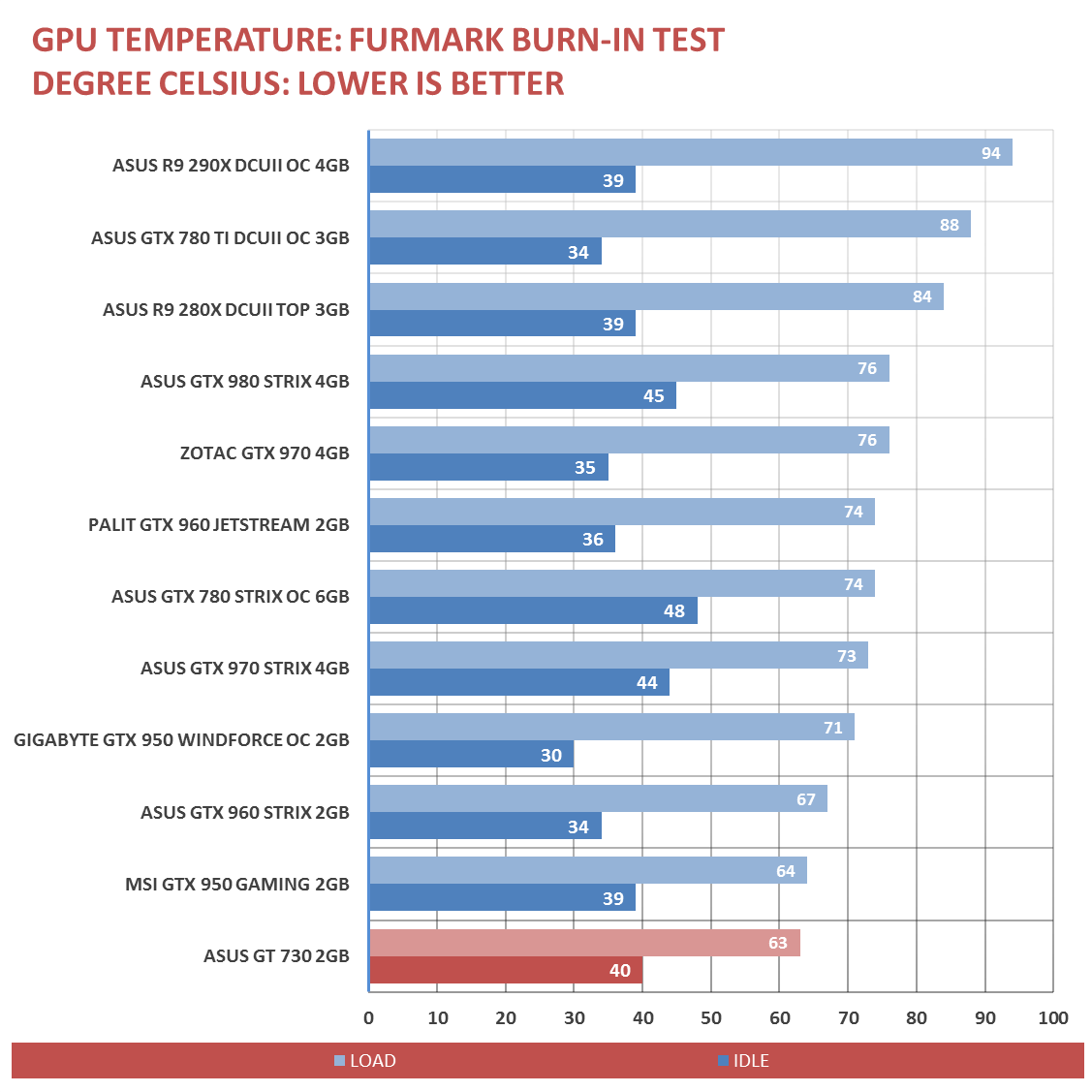
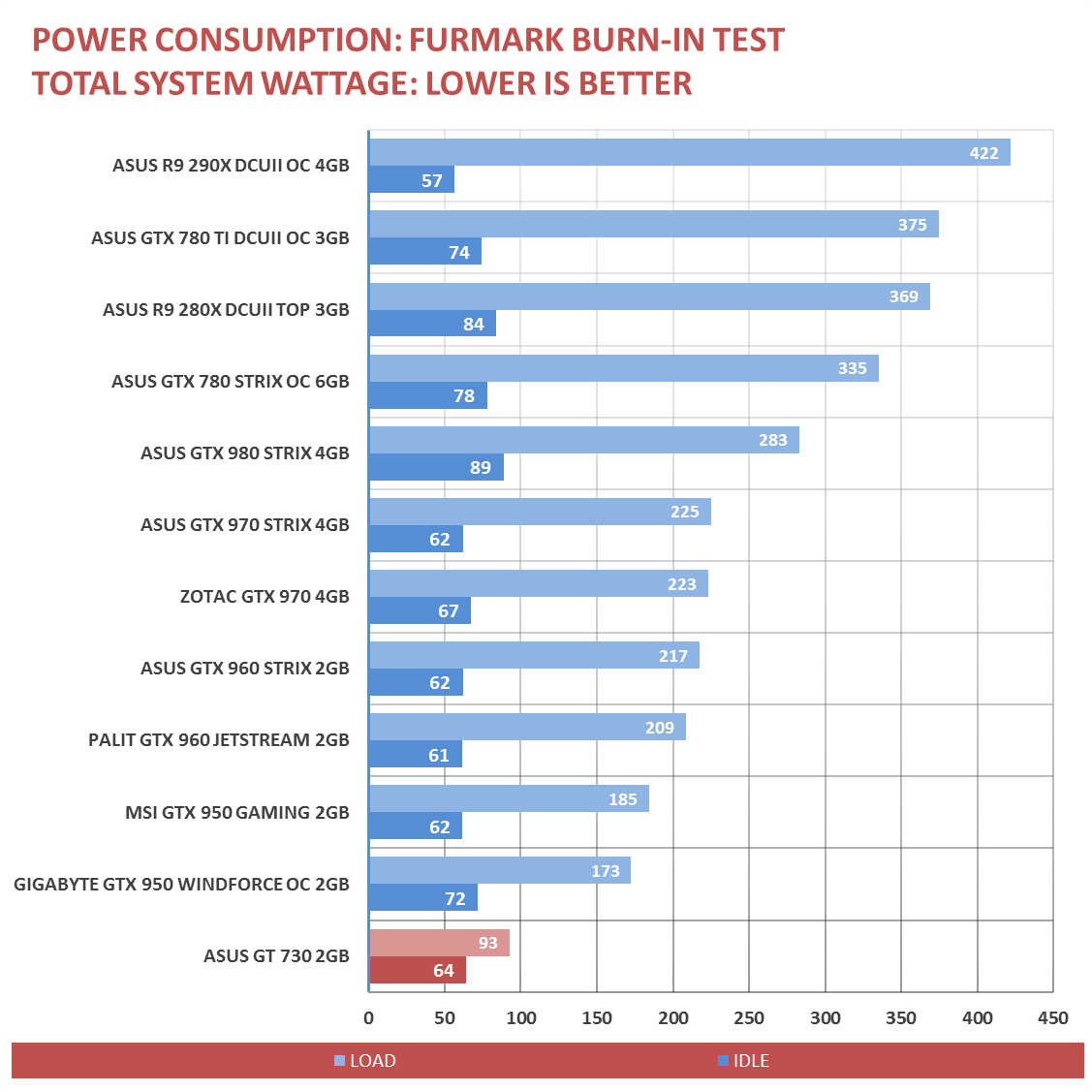



Mr.Leo
do you think a gt 730 2gb gddr5 902mhz core/1250mhz mem
would work on a 180w psu?
thank you
Hello,
Yes that’s more than enough – provided that the other parts of your system isn’t power hungry too. 2 SSDs, a Core i5 4670K, 2x 1.5v DIMMs, and 4 1200 RPM fans wont even make it up at 100w.
You’re safe. :)
Will I notice a big difference if i upgrade from a GT 430?
There is a difference, but if you’re coming from a GT 430 – it’s better to step things up and get a GTX 750 or equivalent instead.
Hello Leo,
I have an i3 2100 processor, with intel DH67BL motherboard, with one 120gb SSD,one 4GB ram, one Bluray internal Optical drive and a coolermaster 350W PSU. I want to purchase a Nvidia GTX 950 with HDMI 2.0 for HTPC. Will this Graphic card be compatible with my existing PC setup? Do i need to upgrade my 350W PSU to some higher wattage or it will be enough?
Thanks Plz help!
Hello Mandy,
kaya naman ng true rated na 350W si GTX 950. Just make sure na may 6-pin power connector siya. Wala ako problem thus far sa mga nagawa ko na systems with that card and actually, wala pa 150W ang full system power. Hope it helps!
hello i have a nvidia ge force 310 and i want to buy this card for moba like smite e.t.c. Is this card fit in my dell mini tower? And i would like to ask if i will notice serious difference in graphics overall and if ‘ll have heat problem in future? Keep up the good work!!
Hi Zoom. This card is alright with your case and games, but I’d prefer you to go with a non passive version with GDDR5 memory.
thank you very much!! Can you suggest me one or two of these cards ?????
ZOTAC’s GDDR5 GT 730 and Palit. ASUS has one GDDR5 model too but it’s hard to find at stores. Either way, you’re good with those cards :)
thank you! I go for palit! I think tha will be ok with the size of tower!!!
hi any advice I recently purchased HP ProDesk 600 G2 small form factor desktop https://www.bhphotovideo.com/c/product/1198710-REG/hp_p5u70ut_aba_prodesk_600_g2_sff.html
when i saw the psu a msg indicayed that psu shall not excced 200 watts… I am looking to buy a video card that would fit my casing and do i need to upgrade psu? sayang kasi casing at psu brand new kasi lahat at may warranty pa… thanks in advance
Hello,
THe GT 730 is a bad idea for an upgrade if your unit has a CPU with the HD 530 on it. Though, you wont need to upgrade the CPU if you’re going for it.
You can try and find a low profile GTX 750 / GTX 950. If you can’t, then you have to buy a new case, and possibly a new PSU for the build to accomodate larger <75W cards.
so if i can find that GTX 750 / 950 wala nako magiging prob sa PSU ko 200 watts lang kasi cya, kaya naman ba ng PSU kahit may video card?
what if kung e2 yung purchased ko na VC 2GB/64bit Galaxy GeForce GT610 DDR3 kakayanin ba ng PSU ko? 200w lang cya
That wont do, mas malakas pa yung integrated ni Intel diyan bro.
So I take this card isn’t great for playing games :/
I might need to get a new card because I plan on playing no mans sky
This card is the budget of the budget cards. For No Man’s Sky, you should get a capable card with more than 2GB of VRAM.
Do you think I could play WoW with decent graphics? Just enough to enjoy the game?
I’m no WoW player, so I basically checked YT for resources. Looks like the card can render the game just fine.
I have geforce 9600 gso 768mb very old video card. Will i see big difference if i upgrade to this video card? My current rig is 9600 gso 768mb, phenom ii x4 b55 3.3ghz 4gb ddr2 1066mhz.
Please answer
To be honest, you’re better off with a GTX 750 or better yet, a GTX 1050.
How Much Psu Wil it need ?
This will require a PSU with 150W of output if your system is identical to ours. No need to worry about wattage since it’s a relatively low power model.
Leo question is this card capable triple monitor setup. Can I use the VGA, HDMI, DVI ports at the same time? Thanks
I am pretty sure it is, but I only tested this one with dual displays. Just make sure to get the 384 Cuda Core variant. :D
I run two monitors and a tv from this card with out a problem.